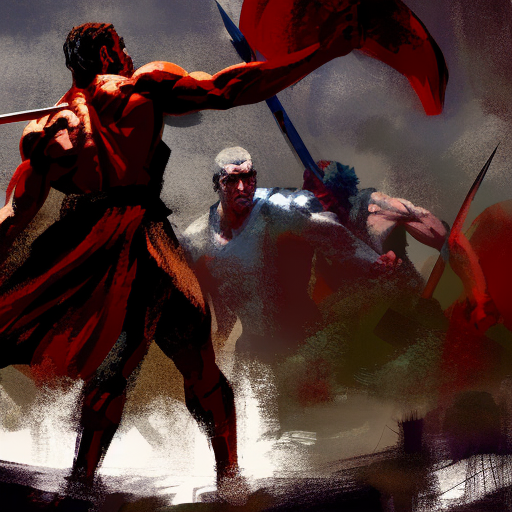Summary:
David and Goliath: Underdogs, Misfits, and the Art of Battling Giants by Malcolm Gladwell explores the concept of advantages and disadvantages in various aspects of life, from personal battles to societal structures. Through a series of captivating stories and thought-provoking analysis, Gladwell challenges the conventional wisdom surrounding the idea of power and shows how perceived weaknesses can actually be sources of strength. By examining the stories of underdogs who have triumphed against all odds, he offers a fresh perspective on what it means to face adversity and how it can lead to unexpected victories.
The Power of the Underdog
Gladwell begins by reimagining the biblical tale of David and Goliath, arguing that Goliath’s size and strength were actually disadvantages that made him vulnerable to David’s agility and cunning. This sets the stage for the book’s central theme: that what may initially appear as weaknesses can often be turned into advantages. Gladwell explores the stories of individuals who have overcome seemingly insurmountable obstacles, such as dyslexia, loss, and discrimination, and emerged stronger as a result. He challenges the notion that power and advantage always go hand in hand, suggesting that underdogs possess unique qualities that enable them to approach challenges with creativity and resilience.
The Inverted-U Curve
Gladwell introduces the concept of the inverted-U curve, which illustrates how too much of a good thing can become a bad thing. He argues that there is a point at which advantages can become disadvantages, and vice versa. For example, he explores the idea that smaller class sizes may not always lead to better education outcomes, as too few students can result in a lack of diversity and limited social interaction. Similarly, he examines the notion that excessive wealth can lead to a lack of motivation and drive. By challenging conventional wisdom, Gladwell encourages readers to question the assumptions we make about what constitutes an advantage and to consider the potential downsides of certain situations.
The Importance of Desirable Difficulty
Gladwell delves into the concept of desirable difficulty, arguing that certain challenges can actually enhance performance and personal growth. He presents the stories of successful individuals who have thrived despite facing significant obstacles, such as dyslexia or the loss of a parent. These challenges forced them to develop alternative skills and strategies, ultimately leading to their success. Gladwell suggests that adversity can be a catalyst for innovation and resilience, and that the most effective learning experiences often involve a degree of struggle. By reframing difficulties as opportunities for growth, he encourages readers to embrace challenges and view setbacks as stepping stones to success.
Key Takeaways:
- Perceived weaknesses can be sources of strength.
- Advantages can become disadvantages, and vice versa.
- Challenges can lead to personal growth and innovation.
“Courage is not something that you already have that makes you brave when the tough times start. Courage is what you earn when you’ve been through the tough times and you discover they aren’t so tough after all.”
– Malcolm Gladwell
In David and Goliath, Malcolm Gladwell challenges our understanding of power and advantage, showing that underdogs possess unique qualities that enable them to overcome adversity. By redefining what it means to be an underdog, he encourages readers to embrace their perceived weaknesses and view challenges as opportunities for growth. Through captivating stories and thought-provoking analysis, Gladwell offers a fresh perspective on the art of battling giants and reminds us that triumph can often arise from the most unexpected places.












